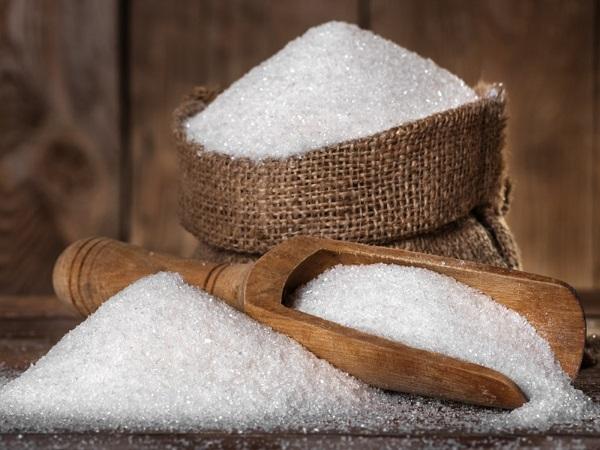Sugar is a staple commodity in Pakistan, playing a crucial role in daily life and the economy. The price of sugar in Pakistan is subject to various factors, including domestic production, international market trends, government policies, and consumer demand. In this article, we delve into the dynamics of sugar prices in Pakistan, exploring the factors that influence them, understanding recent fluctuations, and providing insights into future forecasts.
Factors Influencing Sugar Prices in Pakistan
-
Domestic Production: The production of sugarcane, the primary raw material for sugar, significantly impacts prices. Factors such as weather conditions, agricultural practices, and government incentives influence sugarcane yields, thereby affecting sugar production and prices.
-
International Market Trends: Pakistan is not isolated from global sugar markets. International price fluctuations, influenced by factors like weather patterns, global demand-supply dynamics, and trade policies, also impact domestic sugar prices.
-
Government Policies: Government interventions, such as subsidies, and import/export regulations, and taxation, play a crucial role in stabilizing sugar prices. Policy decisions regarding procurement prices for sugarcane, import duties, and export quotas directly influence the cost of sugar for consumers.
-
Consumer Demand: Fluctuations in consumer demand, influenced by factors like population growth, income levels, and cultural preferences, contribute to price variations. Higher demand typically leads to increased prices, while lower demand may result in price reductions.
Recent Fluctuations in Sugar Prices
In recent years, Pakistan has experienced significant fluctuations in sugar prices, influenced by both domestic and international factors:
-
2020 Sugar Crisis: Pakistan faced a sugar crisis in 2020, characterized by a sharp increase in sugar prices due to a combination of factors, including lower domestic production, hoarding by sugar mill owners, and inadequate government oversight. This crisis led to public outcry and government investigations into price manipulation and cartelization within the sugar industry.
-
Government Interventions: In response to the 2020 sugar crisis, the government of Pakistan implemented various measures to stabilize prices and ensure transparency in the sugar market. These measures included crackdowns on sugar hoarding, setting minimum support prices for sugarcane, and facilitating sugar imports to meet domestic demand.
Future Forecasts and Outlook
The future of sugar price in Pakistan remains subject to multiple uncertainties and variables. However, several key trends and developments provide insights into future forecasts:
-
Domestic Production Challenges: Pakistan continues to face challenges in sugarcane cultivation, including water scarcity, outdated agricultural practices, and pest infestations. Addressing these challenges through improved irrigation techniques, modern farming practices, and research and development efforts could enhance domestic production and stabilize prices.
-
Global Market Dynamics: Keeping abreast of international sugar market trends is essential for predicting future price movements in Pakistan. Factors such as climate change, trade agreements, and geopolitical tensions can impact global sugar prices, thereby influencing domestic prices.
-
Government Policies and Regulations: Continued government interventions and regulatory reforms will play a crucial role in shaping the future of sugar prices. Ensuring transparency, fair competition, and accountability within the sugar industry can help prevent future price crises and foster a more stable market environment.
Conclusion
The price of sugar in Pakistan is influenced by a myriad of factors, both domestic and international. Understanding these factors, recent fluctuations, and future forecasts is essential for consumers, policymakers, and industry stakeholders alike. By addressing production challenges, promoting transparency, and implementing effective regulations, Pakistan can strive towards a more stable and sustainable sugar market.
Frequently Asked Questions (FAQs)
1. Why do sugar prices fluctuate in Pakistan?
Sugar prices in Pakistan fluctuate due to various factors, including domestic production, international market trends, government policies, and consumer demand.
2. How does government policy affect sugar prices?
Government policies, such as subsidies, import/export regulations, and taxation, directly impact sugar prices by influencing production costs, import/export dynamics, and market competition.
3. What measures has the government taken to address sugar price fluctuations? In response to sugar price fluctuations, the government of Pakistan has implemented measures such as crackdowns on hoarding, setting minimum support prices for sugarcane, and facilitating sugar imports to stabilize prices and ensure transparency in the market.
4. What are the future prospects for sugar prices in Pakistan?
The future of sugar prices in Pakistan depends on factors such as domestic production challenges, global market dynamics, and government policies. Addressing production challenges, staying informed about international trends, and implementing effective regulations can help stabilize sugar prices in the future.

